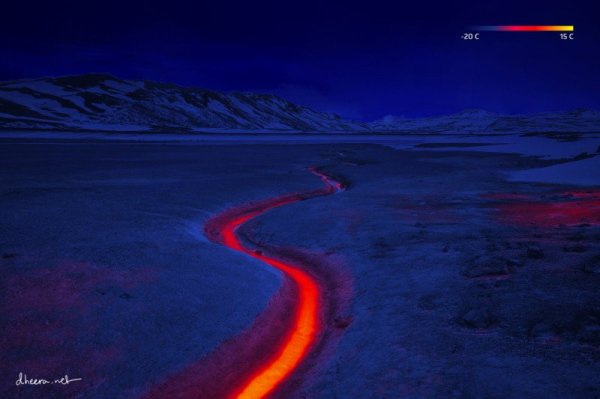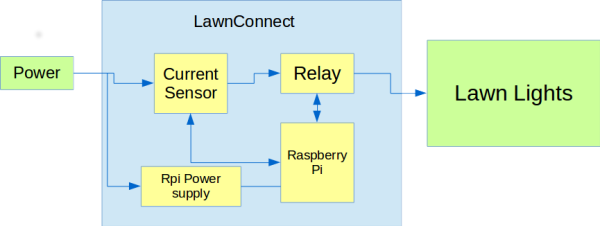Although Iceland is now a popular destination for the day-tripping selfie-seeking Instagrammer who rents a 4×4, drives it off road onto delicate ecosystems and then videos the ensuing rescue when the cops arrive, there are still some genuine photographers prepared to put a huge amount of time and effort into their art. [Dheera Venkatraman] is one of the latter and produces composite photos using a relatively low resolution thermal camera and DIY pan and tilt rig.
Whilst we don’t have the exact details, we think that, since the Seek Reveal Pro camera used has a resolution of 320 x 240, [Dheera] would have had to take at least 20 photos for each panoramic shot. In post processing, the shots were meticulously recombined into stunning landscape photos which are a real inspiration to anybody interested in photography.
If you do go to Iceland you might find the traditional food a little challenging to those not raised upon it, nor would you go there for a stag night as beer is eyewateringly expensive. But if you enjoy uninhabitable, desolate, dramatic landscapes there is a huge range of possibilities for the photographer from rugged, frozen lava flows to extra terrestrial ‘Martian’ crater-scapes, if you know where to find them.
[Dheera’s] blog contains some more information about his Iceland photography and there’s a Github repsoitory too. And if you cant afford a $699 Seek Reveal Pro, maybe try building one yourself.














